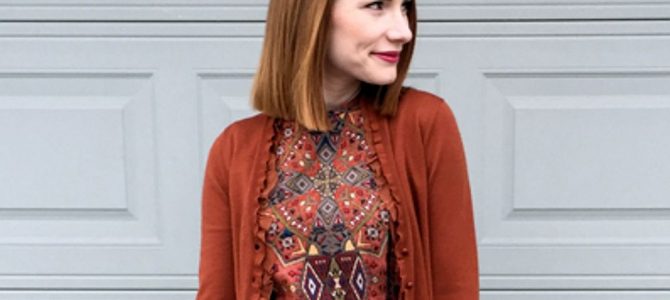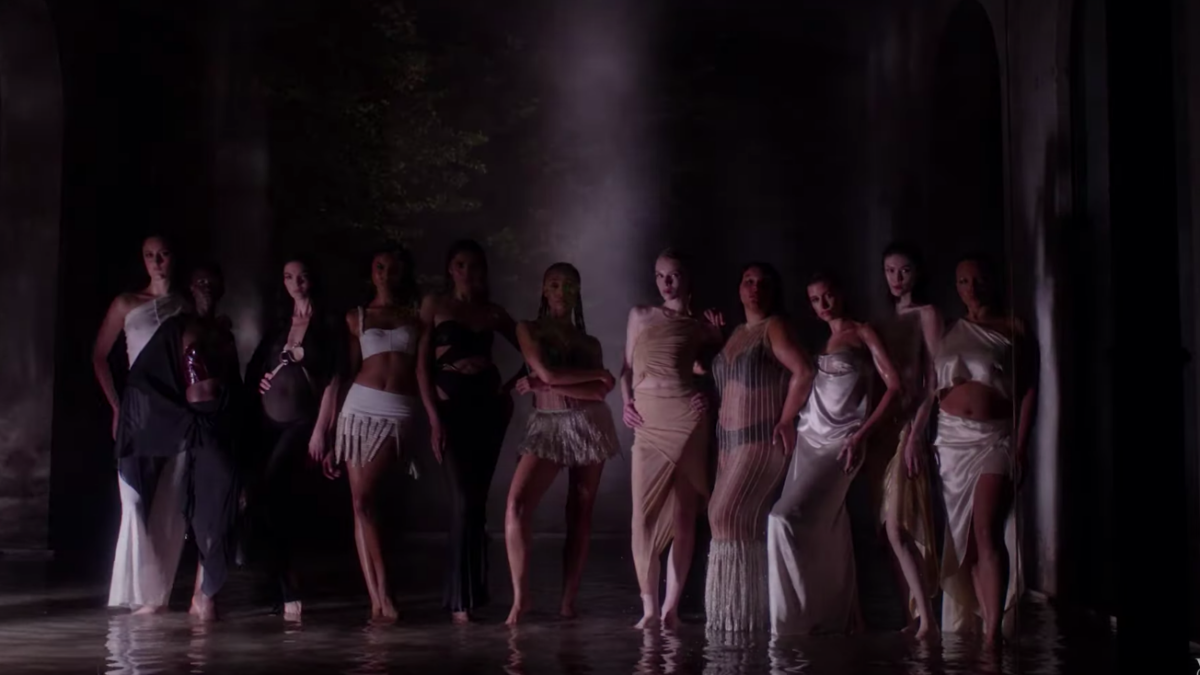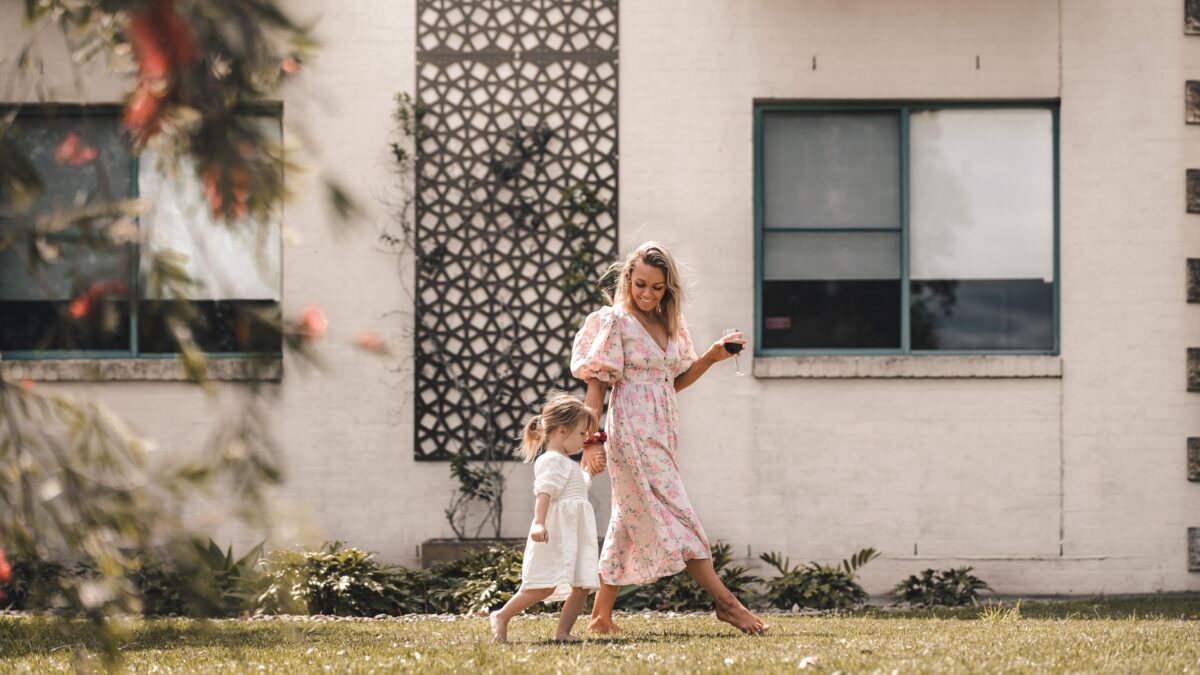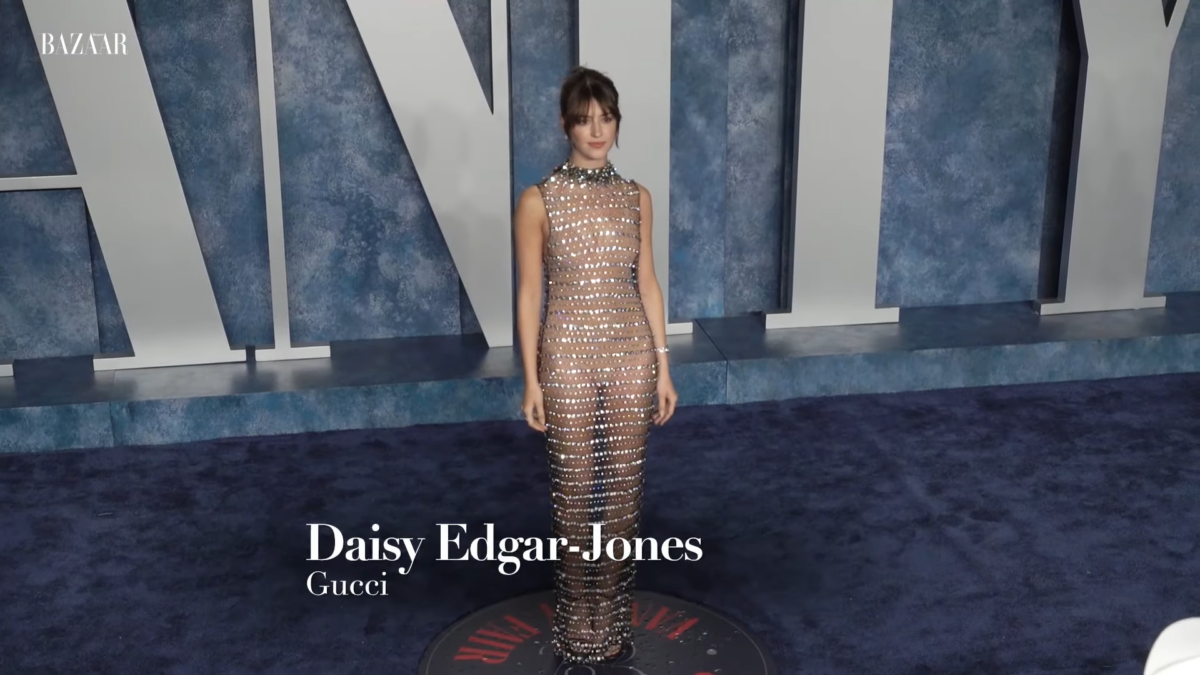
The professional environment can be one of the most stifling to fashion, dominated by black, navy, khaki, and the occasional gray. There’s only so much you can do with a pencil skirt, collared shirt, and blazer, right?
Actually, there are plenty of opportunities to make a look more fashion-forward, fun, and interesting, without compromising on professionalism. The key is to avoid basing your outfit on the same “look” all the time. There’s a distinct difference between throwing more accessories on your same old shirt and skirt to “add interest,” and thoughtfully introducing pieces to add depth to your style.
How? Well, fashion is a subjective science, so as always, it depends on your individual style preferences. However, here are some helpful universal concepts to consider when crafting your outfit (and yes, it is a form of artistic expression, so think of it as such).
Layer
This isn’t about wearing more things on top of one another. It’s about understanding how to incorporate colors, patterns, and shapes into even the basic elements of your outfit. To achieve this, consider the “anatomy” of your outfit.
The skeleton comprises the basics; your top and bottom, shoes, and maybe a jacket or sweater. The common misconception is that you have to add onto this skeleton in order to make it “stylish,” using jewelry, belts, and scarves. But it’s actually okay to stick to working with basic elements.
In fact, it often looks much classier when your outfit is very simple, but still has visual interest. The key to making your outfit stylish is varying the colors, patterns, and shapes of the main elements you’re wearing, not necessarily adding more on top of those elements.
Your pants might be a neutral color. So pick a patterned shirt and a jacket or sweater that matches the color of your shoes. Or maybe your pants have some kind of pattern or graphic — pick a solid shirt and a sweater of different but complimentary colors (or different shades of the same color) and pick shoes that are a bright contrasting color.
Combine these things creatively! If you do like accessories, then jewelry is your friend; and if it’s statement jewelry, it really starts to affect the overall look of the outfit. There is a misconception that jewelry is responsible for adding the color to an outfit, but neutral jewelry can often be the best. In a professional environment, you’re more likely to be able to swing a chunky cream or taupe bracelet and a statement necklace in the same color than if the same two pieces were pink or turquoise.
Secondly, other parts of your outfit are equally responsible for bringing the color and interest, not just the jewelry!
Number
Understanding groupings is incredibly useful for pulling everything together (and knowing where you can go a little crazier with color or pattern). As a general rule, groupings of twos and threes in the same color work well for intermixing the elements of an outfit.
Threes work well for matching smaller elements like socks, belts, jewelry, shoes, and even lipstick. Pairings of two tend to work better for more prominent items like tops, cardigans, scarves, hats, and skirts. If you can establish two or three elements of your outfit to correlate in either color, pattern, or texture, or some combination thereof, the outfit as a whole will appear both cohesive and complex.
Men can get away with wearing purple striped socks, a purple pocket square, and a purple tie with some pattern in it — a painfully easy combination that always ends up looking good. Women often have to be a little more creative. We might have more options for different types of pieces we can introduce into our outfits, but it can be a little trickier to make sure we don’t go over the top.
The key is using your elements strategically to create a simple yet interesting outcome. Additionally, don’t forget the value of the statement piece. If everything in your outfit is black and gray, that mustard-yellow pea coat could make the difference between boring and fun.
Simplicity
Pattern and color aren’t everything. “Flattering” and “simple” are elements of style. You can be wearing the simplest beige dress in the world, but if it fits you well and the lines flatter your body type, it can stand alone as a style statement.
Simplicity is wildly underestimated in the world of fashion, although minimalism is a style statement in and of itself. “Simple” is very different from “plain,” and you can do three things to make sure the former doesn’t become the latter.
First, if you’re going to wear that simple beige office dress, make the extra effort to put yourself together nicely. Nicely done hair, clean makeup, and jewelry (even if it too is simple and minimal) make simple looks read as incredibly classy.
Second, when you buy simple pieces, check the lines and the fit, because the way you wear something is just as important as the piece itself. When you’re investing in a simple basic (a beige dress, to return to the same example) look for flattering seam lines, subtle but interesting details, and other examples of good workmanship.
Third, mix it up. Even the classiest basic look can look drab if you’ve been wearing similar colors and styles the whole week.









